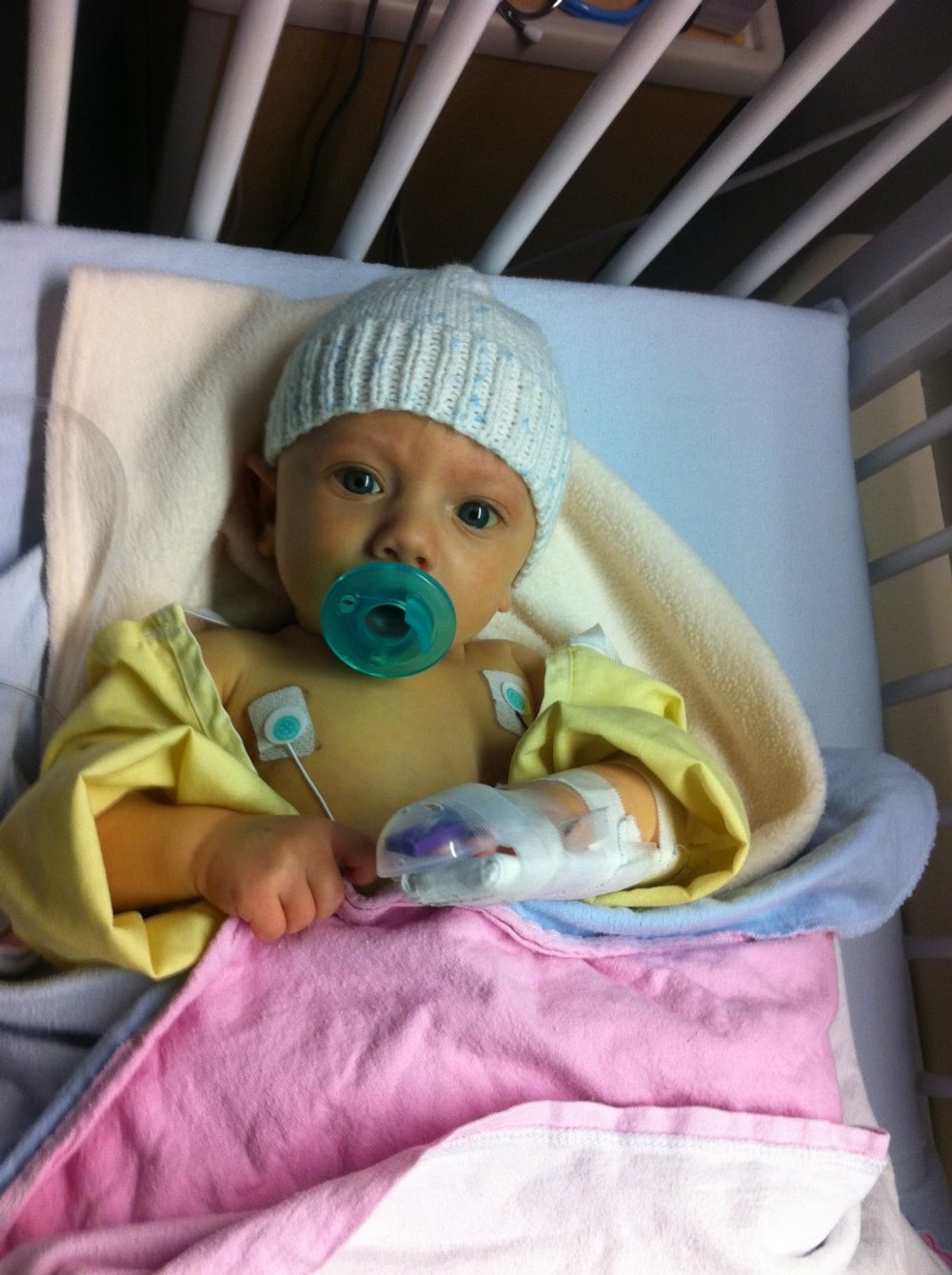
Alpha-1 Antitrypsin Deficiency
AATD
What is it?
What is AATD?
An inherited genetic disease affecting liver and lungs
No cure
causes yellowing of the skin and whites of the eyes (jaundice)
There are different levels and severities of the disease, Caius having the worst one
1 of the 3 most lethal genetic diseases (along with with cystic fibrosis and Down syndrome)
The absence or mutation of the alpha1 protein made in the liver
Commonly misdiagnosed as asthma, and as chronic respiratory infections (think whenever you’ve heard “my so-and-so has lung/liver disease and hasn’t smoked/drank a day in their life!)
There are three mutations of the gene. M, S, and Z. You get one from Mom, and one from Dad
The variants are classified based on levels of alpha1-antitrypsin protein
Carriers of these genes often go undiagnosed. Although the severity of Caius’ is rare, it isn’t uncommon to carry a mutation. These people are predisposed to liver disease and obstructive pulmonary disease (I.e COPD, cirrhosis, emphysema)
Caius has the rarest genome and most extreme, ZZ. His liver produces close to 0 alpha-1 protein, and the abnormality it does produce accumulate in the liver and damages the organ
What Does the Alpha-1 Protein Do?
It is a protein made in your liver to help protect your lungs
It protects neutrophils (white blood cells that fight infection and heal injury)
Caius has the rarest genome and most extreme, ZZ. His liver produces no detectable amount of alpha-1 protein. The Z allele is only carried by 2-3% of the population
Final Words
Worldwide, it is estimated that 185 million people have one copy of the S or Z allele and one copy of the M allele in each cell (MS or MZ)
Individuals with an MS (or SS) combination usually produce enough alpha-1 antitrypsin to protect the lungs. People with MZ alleles, however, have a slightly increased risk of impaired lung or liver function
All information on Alpha-1 Antitrypsin Deficiency comes from Medscape. Please follow the link here for more details.
Contacts
Follow the Links Below to Apply
University Health Network
Contains all you need to know to understand the process and benefits of being a donor.
Living Donor Program
How to become a living liver donor
Health History Forms and Process. We Need Blood Type O+ or O-.
Living Liver Donor Document pdf
Please download the Living Liver Donor Document and submit to livingdonorliver@uhn.ca.


